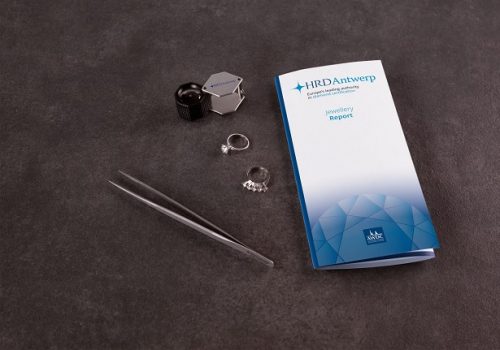
A Botswana employers’ advocacy group has called out De Beers for failing to provide substantial opportunities for the country’s businesspeople.
“The benefits deriving from the diamond industry have unfortunately not been enjoyed by Batswana entrepreneurs,” Gobusamang Keebine, president of Business Botswana, said in a speech during the fifth regional High Level Consultative Conference (HLCC) in Francistown on Saturday. A transcript was posted on the Botswana government’s Facebook page.
“[De Beers] has done very little to add to economic activity in Botswana and improve Batswana business participation in the industry,” he stressed.
De Beers is about to start negotiations on a new supply and marketing agreement with the Botswana government, as the current contract expires in 2020. While the sales partnership between the two has created more than 3,600 jobs for local citizens, the bulk of those were lower-level positions, and there has been little change over the years, Keebine noted.
The current 10-year agreement from 2011 led De Beers to relocate its sorting and sales operations from London to Gaborone – a move that failed to offer prospects for local entrepreneurs, Keebine claimed. The miner should learn from Chinese businesses operating in Botswana’s construction center, who have been transferring their skills to locals, he urged.
Keebine also took aim at Okavango Diamond Company, which was created in 2012 to sell 15% of local mining company Debswana’s production on behalf of the government. While Okavango is operating as a commercial entity, it doesn’t promote beneficiation and citizen empowerment, he said.
Business Botswana has asked the government to allow it to participate in negotiations with De Beers, as the company’s supply agreement is up for renewal in 2020. “It is imperative that a greater sense of urgency is given to reforms that will ensure that Batswana entrepreneurs are able to benefit,” Keebine added.
A De Beers spokesperson dismissed the critique, arguing that the company leads the industry in terms of developing prospects for local entrepreneurs.
“De Beers Group has a long and proud history of creating value and opportunities for Batswana and we will continue to do so,” David Johnson, head of strategic communications for De Beers, told Rapaport News Monday. “Our beneficiation approach is underpinned by a system…that creates the most value in [the] country by skills transfer and local rough-diamond utilization.”
The relocation of the company’s sightholder sales to Gaborone has had a significant positive impact on the country as well, Johnson points out. “[It] has been instrumental in developing Batswana professionals in key business management roles.”
The miner supports a number of initiatives which benefit the country’s professionals as well, including a leadership program with the Stanford Graduate School of Business; the Tokafala enterprise development program, which offers small, micro and medium-sized businesses mentoring and access to market; and a partnership with UN Women to support female entrepreneurs, Johnson added.
Source: DCLA




